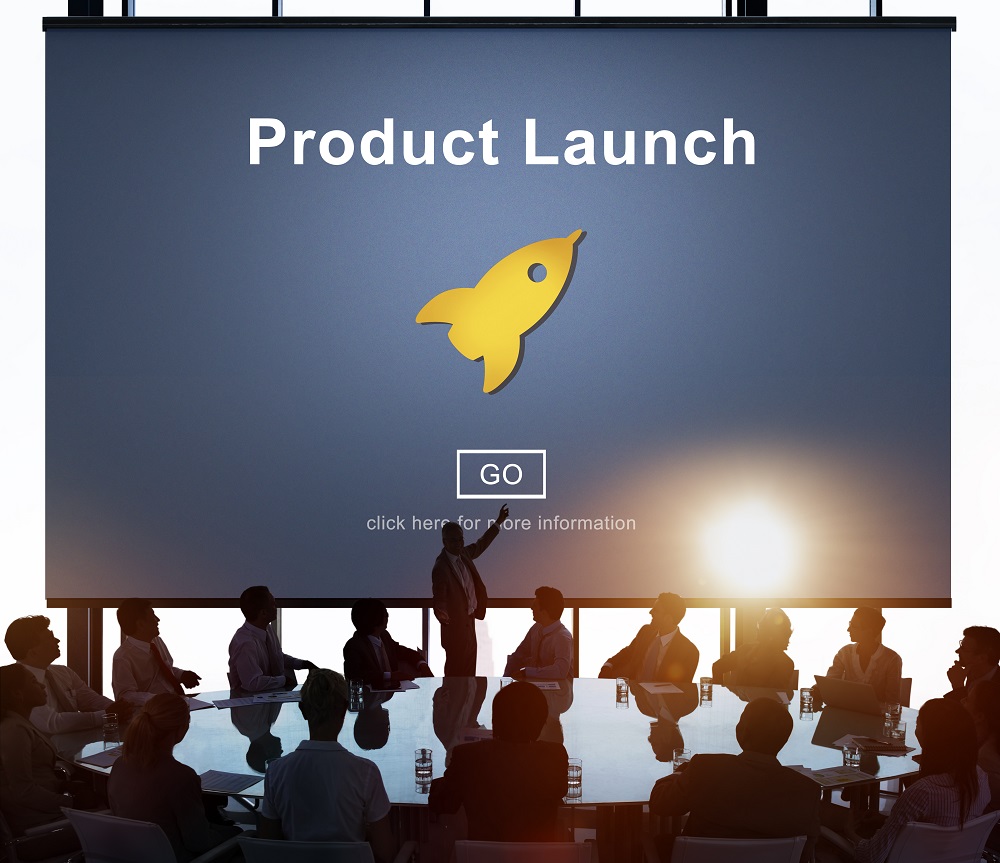
Planning for a product launch is much like planning for a wedding (sans the white dresses). There’s the budget and the venue to consider: are you launching with an intimate event at a bar or restaurant in Spring Hill, Kansas or introducing a new cutting-edge smartphone in a New York City hotel ballroom? And then there’s also the guest list, food, and the cost of entertainment.
Here are some questions you should answer for a successful product launch or company opening:
Who’s your audience?
Your company revolves around your customers – they’re the bloodline of your business. Focus on your buyer’s persona: how old are they? Are they working? Why do they need your product? What kind of things would they enjoy at an event? You shouldn’t only look at what your customers want, but also what they’re having trouble with. Research their pain points, and during the launch, make sure you show how your product or service can solve these problems for them.
What’s your message?

Now that you know your audience, it’s time to draft a simple, punchy, and impactful message. You may be tempted to make a litany of all the great features of your product. However, doing so may not be as effective as communicating its value quickly and directly. Create a punchy tagline that captures what is unique about your product or services.
What’s your plan?
When going to war, it’s a mistake to come in without adequate planning. It’s the same in product launches. Knowing your audience and having an effective message alone will not work. These two are part of something bigger: your strategy. Your strategy serves as overhead view or a roadmap for your execution, so you don’t get lost in the details and can troubleshoot when problems arise.
An effective launch strategy includes a communication plan: how will you get your message across? Who do you want to reach? What channels will you be using to reach them? Are you hiring a spokesperson or an influencer? How will you contact the media? How will you reach out to event attendees?
Additionally, the strategy should cover the best timing to open your business or launch your product. Opening a shop for trench coats? The ideal time to do so is in the fall, or even a few weeks before that, when people are preparing for the cold season.
What’s your backup plan?
Sometimes, you just can’t avoid unfortunate circumstances: guests or suppliers not showing up or bad weather, for instance. Plan A might not cover all your bases. So to make sure everything will go smoothly despite hurdles, develop contingency plans.
What would you do when it starts to rain and your event is outdoors? Part of your backup plan should be setting up an indoor alternative prior to the event, so you can move your guests if it starts raining, or if it’s too hot or windy.
What if the photographer you hired didn’t show up? Before the event, assign one member of your team to take photos. They may not be professionals, but if they can take decent photos, they could do in a pinch. Or, if the budget allows for it, you could hire two photographers. Or, if it’s on-brand, you can even save money by leveraging social media, and incentivizing your guests to take photos or stream themselves and to use an event hashtag,
These are only a few of the things you should take into account when planning for a product launch. In essence, your pre-launch game plan should cover identifying your market, getting your message across effectively, and developing plans and contingencies.
